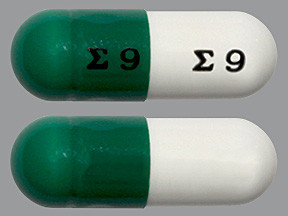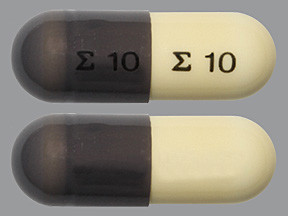FLUCYTOSINE - ORAL
PHONETIC PRONUNCIATION: (flew-SYE-toe-seen)
COMMON BRAND NAME(S): Ancobon
GENERIC NAME(S): flucytosine
Uses
USES: Flucytosine is used to treat serious fungal infections in the body. It belongs to a class of drugs known as antifungal drugs. It is often used with other medications. It works by slowing the growth of certain types of fungus.
How to use FLUCYTOSINE - ORAL
HOW TO USE: Take this medication by mouth, usually 4 times a day (every 6 hours), or as directed by your doctor. To reduce stomach upset, do not swallow all of the capsules for one dose at the same time. It may be best to swallow the capsules for each dose over a 15-minute period until the full dose is taken. The dosage is based on your medical condition, weight, and response to treatment. This medication works best when the amount of drug in your body is kept at a constant level. Therefore, take this drug at evenly spaced intervals. To help you remember, take it at the same times each day. Continue to take this medication until the full prescribed amount is finished, even if symptoms disappear after a few days. Stopping the medication too early may allow the fungus to continue to grow, which may result in a return of the infection. Tell your doctor right away if your condition persists or worsens.
Side Effects
Precautions
Interactions
Overdose
Images

- color
- green
- shape
- oblong
- imprint
- logo and 9, logo and 9

- color
- green
- shape
- oblong
- imprint
- logo and 9, logo and 9

- color
- yellow
- shape
- oblong
- imprint
- logo and 10, logo and 10

- color
- yellow
- shape
- oblong
- imprint
- logo and 10, logo and 10
Reviews
Faq for FLUCYTOSINE - ORAL
Flucytosine is an antifungal medication used to treat certain types of fungal infections, including cryptococcal meningitis and severe candida infections.
Flucytosine works by interfering with the synthesis of fungal DNA and RNA, thereby inhibiting the growth of the fungus.
Common side effects of flucytosine include nausea, vomiting, loss of appetite, diarrhea, and skin rash. It may also cause bone marrow suppression, leading to decreased white blood cell and platelet counts.
Flucytosine should be used during pregnancy only if the potential benefit justifies the potential risk to the fetus. It should be used with caution and under the supervision of a healthcare professional.
Flucytosine is usually taken orally as capsules or tablets. It is typically taken every 6 hours with or without food. The exact dosage and duration of treatment will be determined by the prescribing healthcare provider.
Yes, there are several medications that may interact with flucytosine, including certain antibiotics, antiviral medications, and medications that affect the bone marrow. It is important to inform your doctor about all the medications you are taking to prevent potential interactions.
The time it takes for flucytosine to work will depend on the specific fungal infection being treated. In general, improvement may be seen within a few days to a few weeks. It is important to complete the full course of treatment as prescribed by the doctor.
Yes, flucytosine can be used in children, but the dosage and safety may vary based on the child's age and weight. It is important to consult a pediatrician for appropriate dosing instructions.
If you miss a dose of flucytosine, take it as soon as you remember. However, if it is almost time for the next dose, skip the missed dose and resume your regular dosing schedule. Do not take a double dose to make up for a missed one.
Warning
WARNING: This medication should be used with increased caution if you have kidney problems. Flucytosine may cause decreased kidney function and liver problems. In addition, this medication may decrease bone marrow function. This serious, possibly life-threatening side effect may lead to a low number of blood cells such as red cells, white cells, and platelets. This effect can cause anemia, decrease your body's ability to fight an infection, and cause bleeding problems. Your doctor will check the results of your kidney, liver, and blood tests and adjust your treatment to reduce your risk for these side effects. See also Side Effects section.
Disclaimer
IMPORTANT: HOW TO USE THIS INFORMATION: This is a summary and does NOT have all possible information about this product. This information does not assure that this product is safe, effective, or appropriate for you. This information is not individual medical advice and does not substitute for the advice of your health care professional. Always ask your health care professional for complete information about this product and your specific health needs.

No Reviews Yet